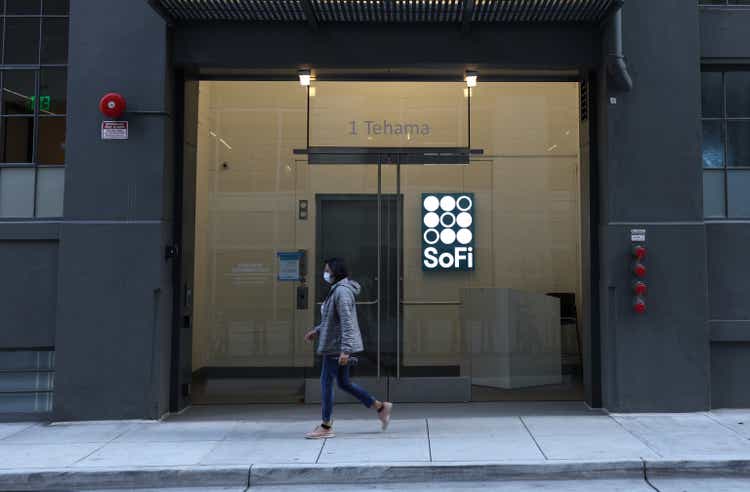ECB paper explores blockchain solutions for cross-border payments challenges – Ledger Insights

Yesterday the European Central Bank (ECB) published an article, “Towards the Holy Grail of cross-border payments”. It explores six potential avenues to address the current inefficiencies of cross-border payments, half of which use blockchain. The blockchain options include using the Bitcoin network, stablecoins and cross-border central bank digital currency (multi-CBDC) with an FX conversion layer.
One of the biggest obstacles to dealing with payment challenges is the friction in anti-money laundering (AML) processes. While the paper predicts that one of the six lanes will reveal the holy grail of cross-border payments, there is a major caveat. It assumes that there will be progress in addressing AML and CFT compliance inefficiencies. It is not a trivial assumption.
As for what is classed as meeting the “holy grail”, the paper says payments should be immediate, cheap, universal and settled in a secure medium such as central bank money.
The ECB considers Bitcoin an alternative
When it comes to specific solutions, such as a paper from a central bank, it is almost bold to consider Bitcoin as an alternative. And it notes that this path did not make the G20 list of potential solutions. The paper explores not only the Bitcoin network, but also the layer 2 solution for micropayments, the Lightning network.
The authors outline several avenues that address Bitcoin custodial risk for end users. They see the existence of an extensive network and the absence of intermediaries as important advantages.
However, they also highlight the disadvantages of Bitcoin, such as the waste of energy, and that much of its efficiency can be attributed to uneven application of AML/CFT compliance. The paper concludes that Bitcoin is the least credible path of the six alternatives.
Stablecoins and M-CBDC
The ECB is also exploring stablecoins which it sees as a viable solution with far less innovation than Bitcoin. It does, however, cover the usual central bank caveats about stablecoins, such as run risk and the impact on financial stability and the likelihood of a monopoly exploiting its position.
The discussion on multi-CBDC solutions is a bit lighter than the other parts. At this stage, this route is seen as one of the more remote options, as it requires many countries to issue CBDCs, which is likely to take time.
Despite this being further in the future, multi-CBDC entered the top two avenues to explore along with interconnected domestic payment systems.
Meanwhile, the BIS last week published a paper examining solutions for currency settlement risk, which overlapped the ECB’s paper. Aside from the multi-CBDC Project Jura, the BIS paper outlines several new private wholesale blockchain settlement networks that are arguably neither stablecoins nor CBDCs. They include the Regulated Liability Network, Baton’s Core FX system and Fnality, the synthetic CBDC settlement network supported by 16 financial institutions.
In addition, BIS recently released a paper exploring the use of multi-CBDC solutions to address inefficiencies in cross-border payments.

























